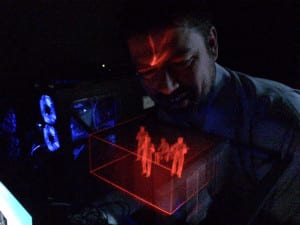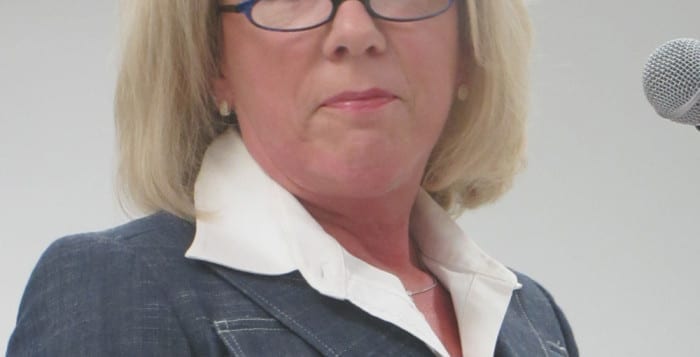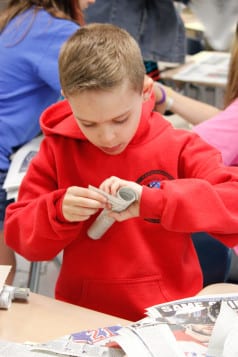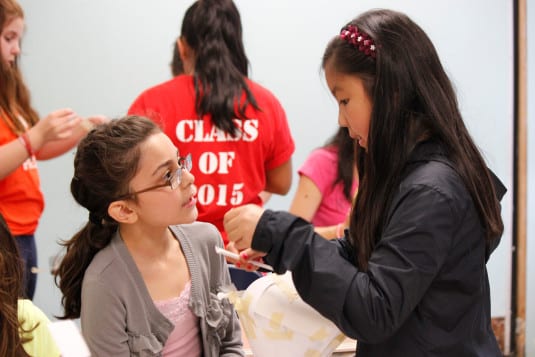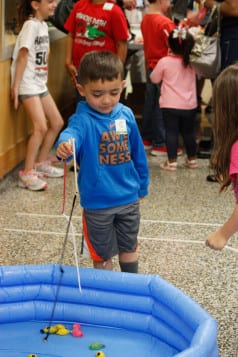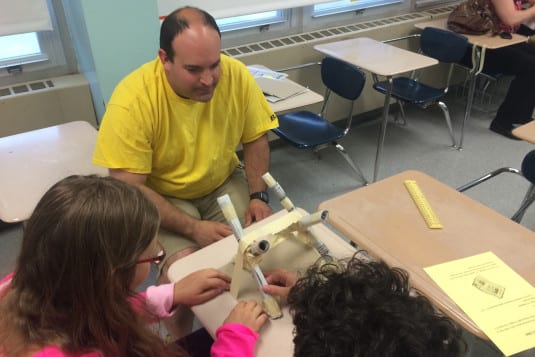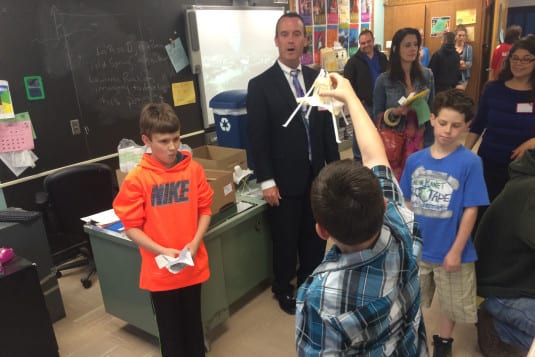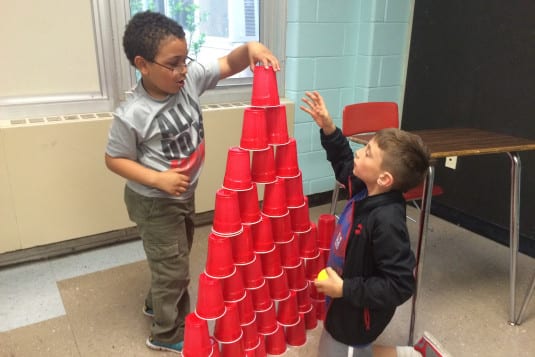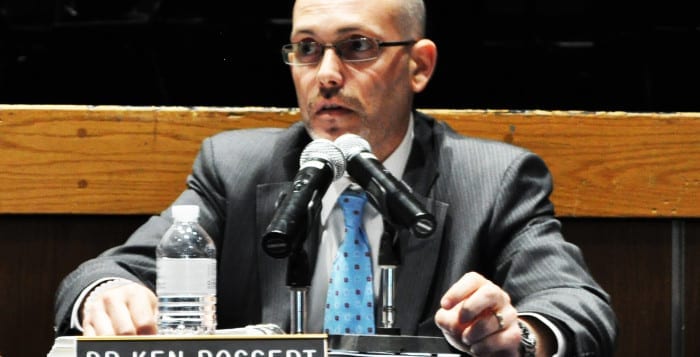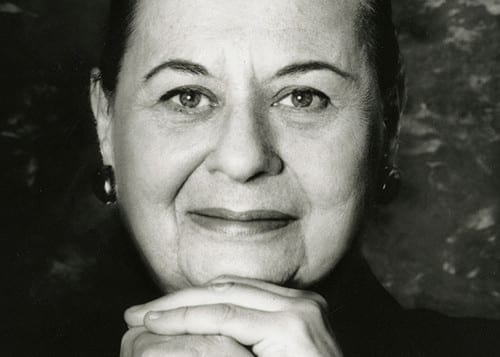Teq, a Huntington Station-based educational technology and professional development firm, has been named the official provider of SMART Technologies products for all K-12 districts in New York.
The company will also offer professional development for SMART products and technical support from SMART certified professionals. The official partnership will begin on Oct. 1.
SMART Technologies, a Canadian company, is best known for inventing the first interactive whiteboard in 1991. The company now offers interactive tables and pen displays, conferencing software, interactive learning software and more.
“We are thrilled to be selected as SMART’s sole vendor for K-12 in New York,” Damian Scarfo, CEO of Teq said in a statement. “SMART offers the best interactive displays available, and we couldn’t be happier to align ourselves with the innovation SMART is bringing to classrooms around the world.”
The partnership is projected to increase Teq’s revenues by nearly 20 percent, and the company is projecting $50 million in sales for the year, according to Chris Hickey, president of Teq. The company used to be one of six companies reselling SMART products in the state.
SMART’s president touted the partnership and the Huntington Station company’s solid reputation for professional development.
“We are delighted to name Teq as our sole education partner in New York,” Greg Estell, president of SMART Education Solutions said in a statement. “Teq has an incredible reputation for professional development, enabling educators to deliver best-in-class learning. This, coupled with SMART’s world-leading education technology, makes for a powerful combination.”
As part of a strategy to get more SMART products into state schools, the company has submitted a bid to the New York State Office of General Services to try to negotiate a contract to be a listed vendor of classroom technology to New York. SMART is looking to set a maximum price point at which products can be sold to municipalities through this contract.
Like SMART, Teq will also be looking to further its relationship with schools, hoping to partner with the Board of Cooperative Educational Services to get more technology into the districts. The company is hoping to benefit from $2 billion in funding offered to school districts through Gov. Andrew Cuomo’s (D) SMART Schools Bond Act by offering districts that seek funding delayed payment options.
The act is intended to bring about 21st century upgrades to educational technology and infrastructure in schools to ensure that students graduate with the skills they need to thrive in today’s economy. Voters approved the act in a November 2014 referendum.
Teq will be offering a complete range of SMART products and software, including SMART kapp iQ and Teq Unlimited.
SMART kapp iQ is an ultra HD interactive display that can multi-link student devices so that all participants can collaborate, contribute and see what is being written in real time. Teq Unlimited is a software package that teaches how to successfully integrate new technology into the classroom.
“Kapp iQ is not only specifically designed for the needs of teachers and students … it’s designed for how kids learn — using devices and naturally interacting with technology,” Hickey said.
Teq is offering a free trial period for districts in New York. The trial, which lasts 30 days, includes delivery, setup and two hours of professional development of whichever products the districts chose to try, according to a Teq statement.
Teq has been in the business since 1972, and was originally located in Oyster Bay out of a barn. According to the company, its mission is to support the continued evolution of the modern classroom by offering world-renowned professional development and providing service and equipment that enables student achievement.



